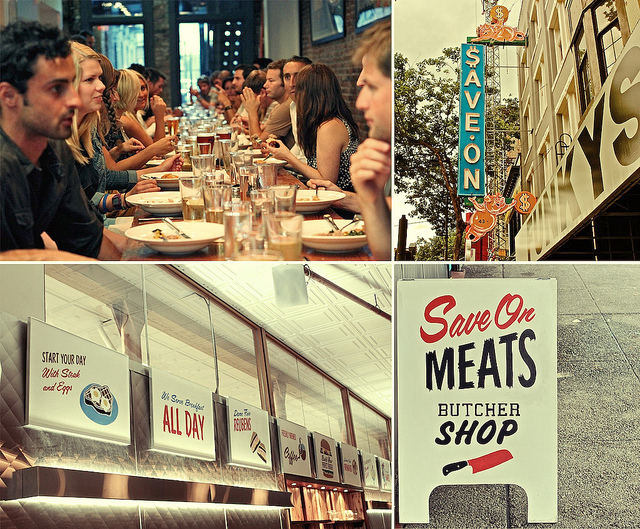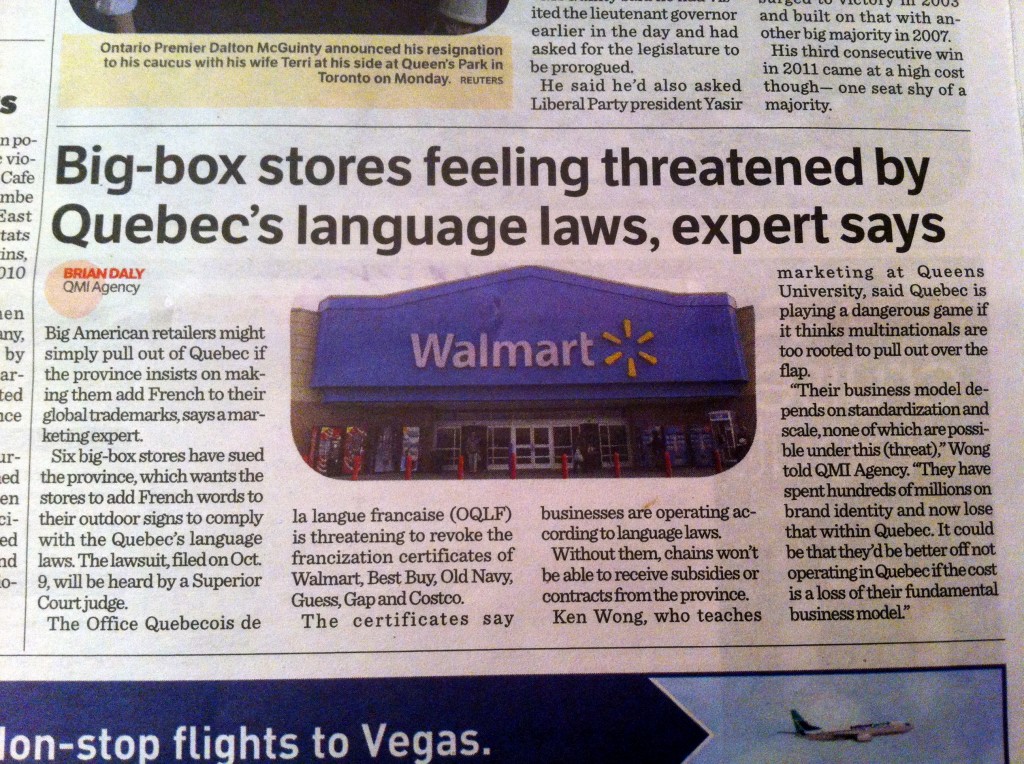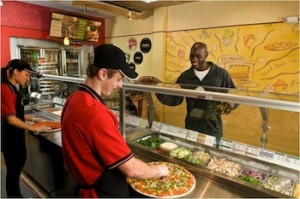A business topic that hasn’t been covered thus far in our Comm 101 class is Real Estate. The Vancouver real estate market is surely one of the most interesting housing markets in North America. Several articles have recently been released as the Metro Vancouver real estate market slows down, with both sales and average prices decreasing.

Vancouver has continuously been ranked one of the most desirable places to live in the world with high scores in areas such as health care, education, culture and environment. However, according to the Vancouver Sun, the city loses points for a “lack of quality housing”. The heart of BC has been in the Top 3 Most Livable Cities in the world for years, but unfortunately most livable does not necessarily imply most easily livable. Vancouver’s housing prices have been decreasing but still nearly double or even triple real estate levels in all other Canadian provinces. The national average cost of housing is $361,516 while Vancouver’s average sits at $726,089 according to a CBC post. This information is startling when taking into account that in statistics from February 2012, the average national hourly wage was $25.53 and BC’s wage was $23.77. Living in the most desirable city is certainly not easy as BC citizens make less than national average but must pay over double for housing. It’s interesting that the cause of all of this is mostly foreign investment in the city, causing prices to increase.
Sources:
http://www.cbc.ca/news/canada/story/2012/08/15/most-livable-cities-top-ten-economist.html
http://www.cbc.ca/news/interactives/housing-canada/
http://blogs.vancouversun.com/2012/02/14/vancouver-great-city-if-you-can-afford-it/
http://o.canada.com/2012/04/06/why-is-vancouver-real-estate-so-expensive/











